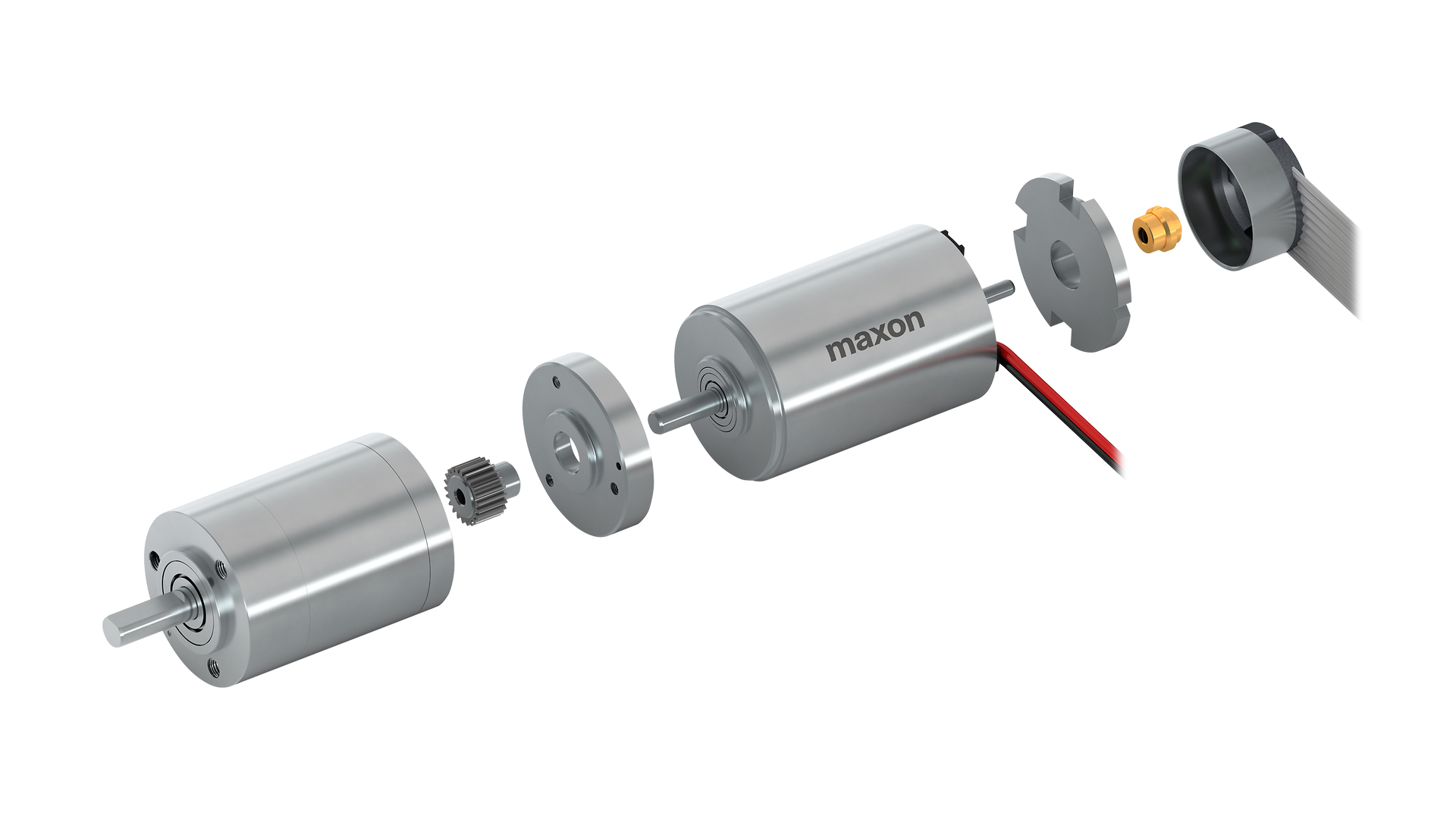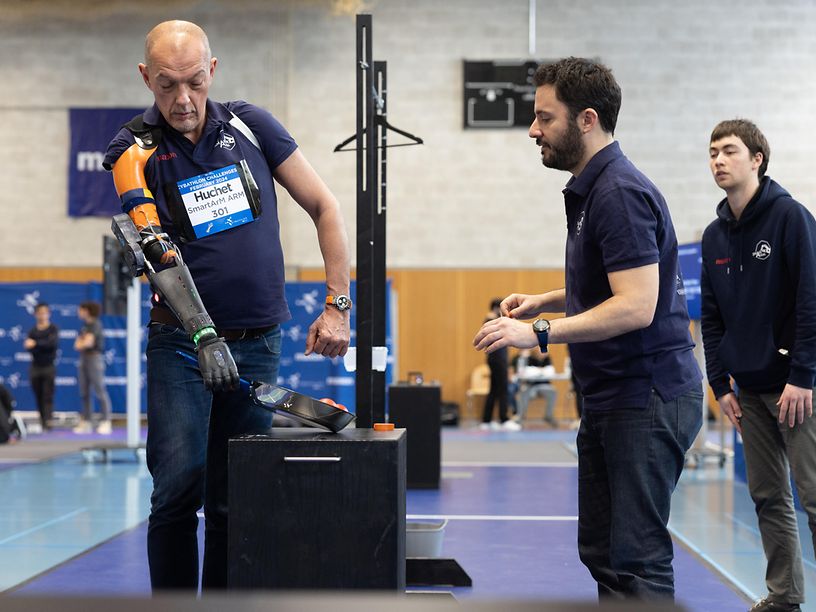Cybathlon 2024
SmartArM: Changing Perceptions of Prosthesis Wearers


The SmartArM represents the pinnacle of current arm prosthesis technology. Developed by a dedicated French research team, it has undergone significant improvements since its initial launch.
In the realm of bionic engineering, where technology and biology intersect, few developments compare to the SmartArM. It is the brainchild of a team led by robotics researcher Nathanaël Jarrassé at the Institute for Intelligent Systems and Robotics (ISIR) at Sorbonne University in Paris. The SmartArM aims to be a major advancement in assistive technology, particularly for individuals with upper arm amputations. Despite challenges such as designing an artificial elbow, the ISIR team showcased the SmartArM at the 2020 Cybathlon, competing against less complex hand prostheses and securing 10th place as a proof of concept.
The Pilot as a Team Member
The pilot of the SmartArM project is Christophe Huchet. Born without his right forearm, the 56-year-old first became a swimming champion, then managed several restaurants, and has been a professional coach for several years. As the pilot for the SmartArM, his participation in the Cybathlon is a personal triumph and a testament to how bionic prostheses can enhance quality of life. As an integral part of the team, he has been involved in all levels of SmartArM development for 4 years. He emphasizes that on the crucial day, the performance of the entire team is essential.
The SmartArM Team: A Shared Vision
This team consists, in addition to Christophe Huchet and Nathanaël Jarrassé, of a diverse group of engineers, researchers, and medical professionals who share a common mission. Led by Nathanaël Jarrassé, they aim to push the boundaries of their disciplines, leveraging expertise from mechatronics to neuroscience. Their vision extends beyond technological innovation to changing societal attitudes towards disabilities and promoting inclusion. As Jarrassé states, "Developing technologies to help people with disabilities is extremely exciting and motivating despite the many challenges."
Features of the SmartArM
The SmartArM is designed for transhumeral amputees or those without a forearm, offering intuitive control options, enhanced motor capabilities, and daily autonomy. Addressing the complexities of upper arm amputation, it manages hand and at least two joint controls with minimally invasive integration. It features two motorized degrees of freedom, including an active robotic wrist rotator and an active elbow, and can be used with any commercial hand prosthesis. Its innovation lies in its control architecture and sensomotor strategies, developed over years. Control modes include decoding myoelectric patterns and body/stump movements, improving dexterity by processing biochemical signals in muscles and translating them into control commands.
maxon's Role in Developing the SmartArM
A key component in developing the SmartArM is the strategic partnership with maxon. "maxon offers a wide range of small-diameter drives and market motors with perfectly identified properties. This is a great advantage," emphasizes Nathanaël Jarrassé. Utilizing advanced DCX-GPX gear motors known for compactness, high torque density, quiet operation, and high dynamics, the SmartArM achieves high performance and reliability. The selection of motors highlights the team’s commitment to quality and performance. The integration of the EPOS 4 microcontroller further enhances the control system’s capabilities. Close collaboration with maxon colleagues in France ensures optimal service.
Looking Ahead: Cybathlon 2024 and Beyond
As the countdown to Cybathlon 2024 begins, the SmartArM team faces new challenges. Building on past successes, they continue to refine and optimize the prosthesis, focusing on improving user experience and functionality. During the Cybathlon Challenges in February, the system performed well, but electronic interference with spectators' mobile phones revealed that market readiness is still some distance away. The next Cybathlon will show how far the team has progressed on this journey.
For Nathanaël Jarrassé, participating in the Cybathlon is about more than competing. Beyond the arena, the SmartArM represents a beacon of hope for people with disabilities. "For me, participating in this event is important because it aims to change the perception of people who wear prostheses."
